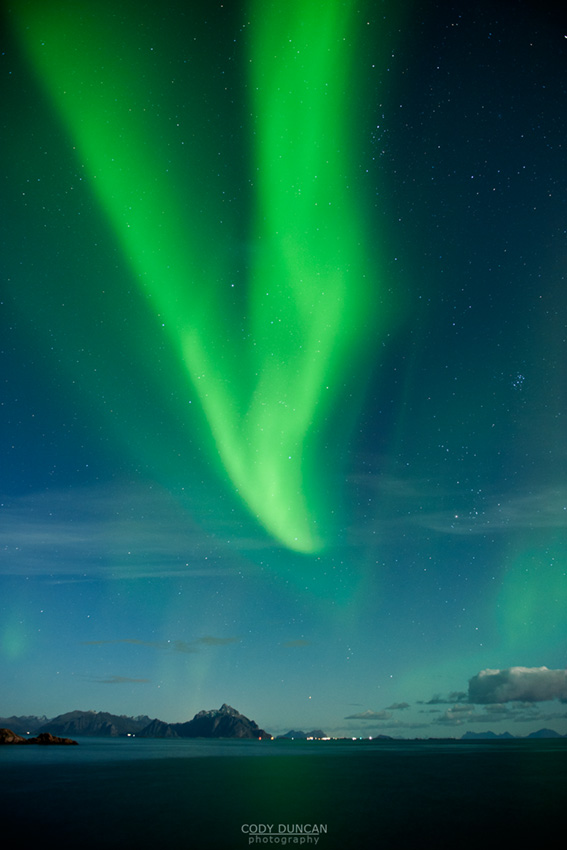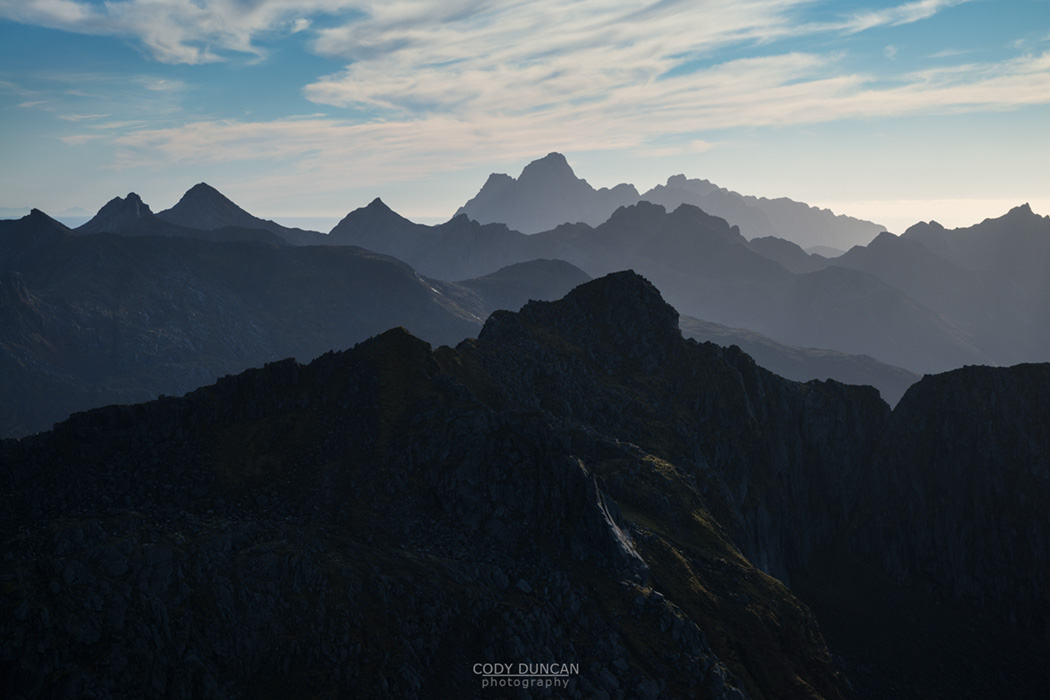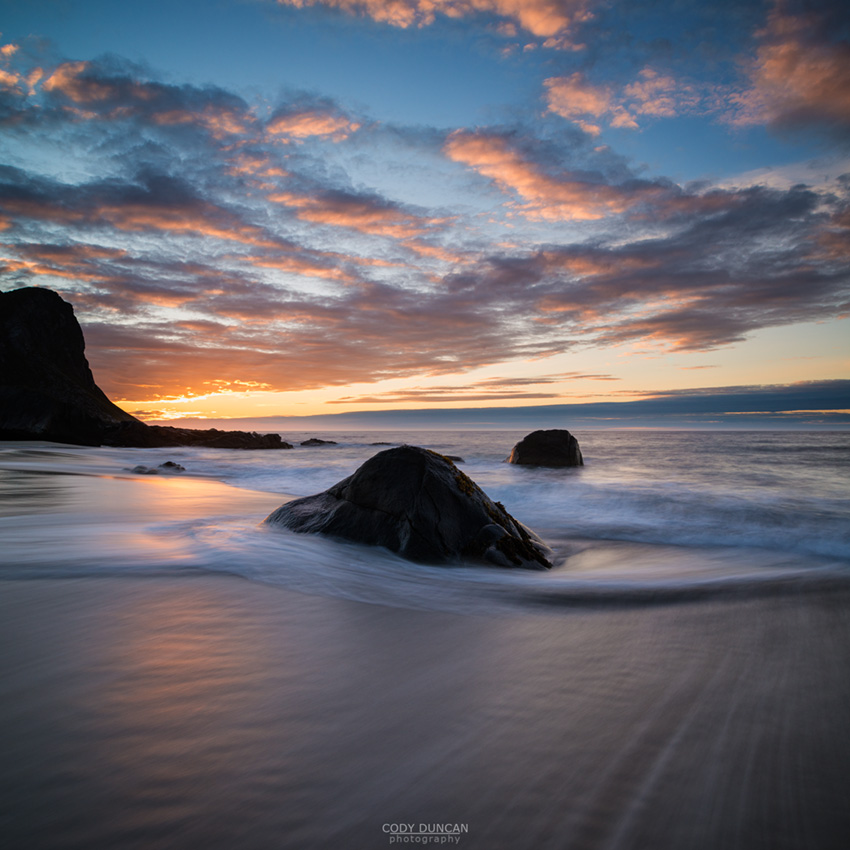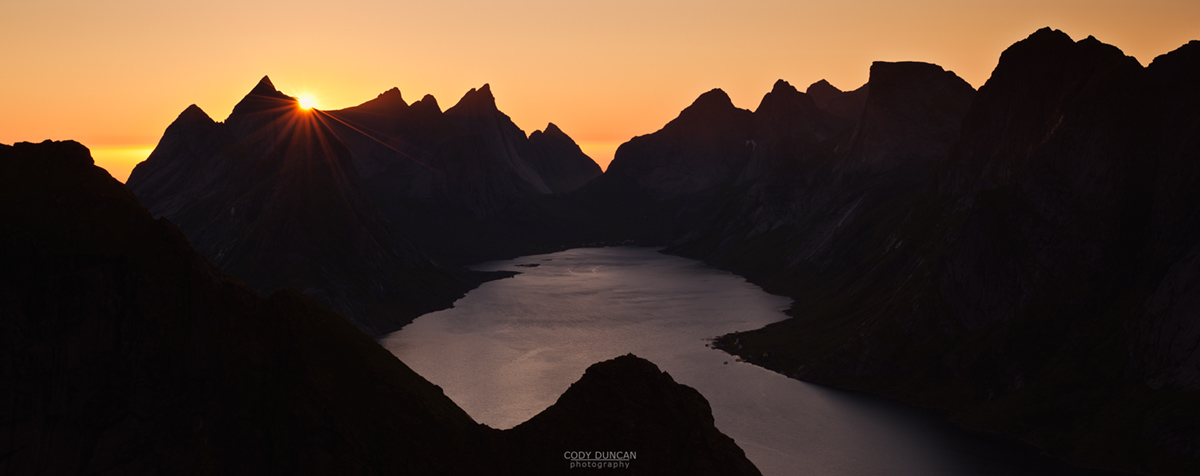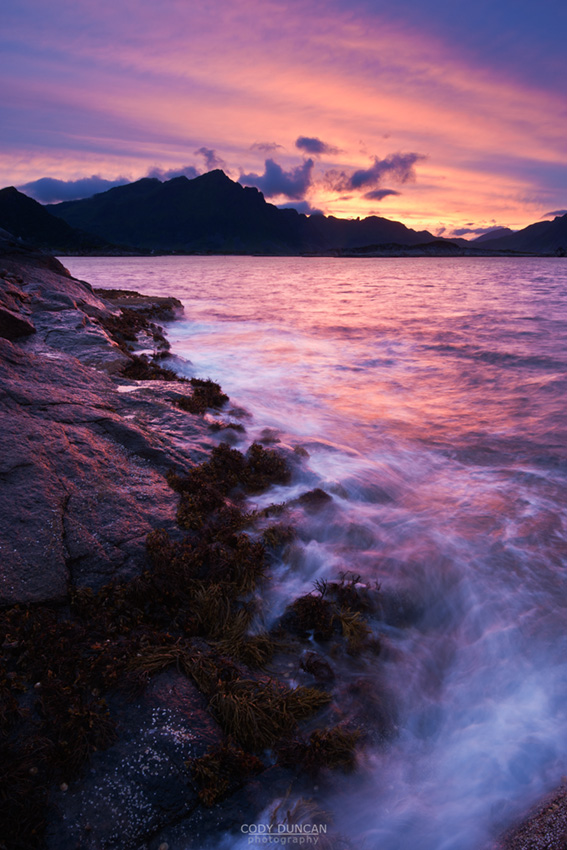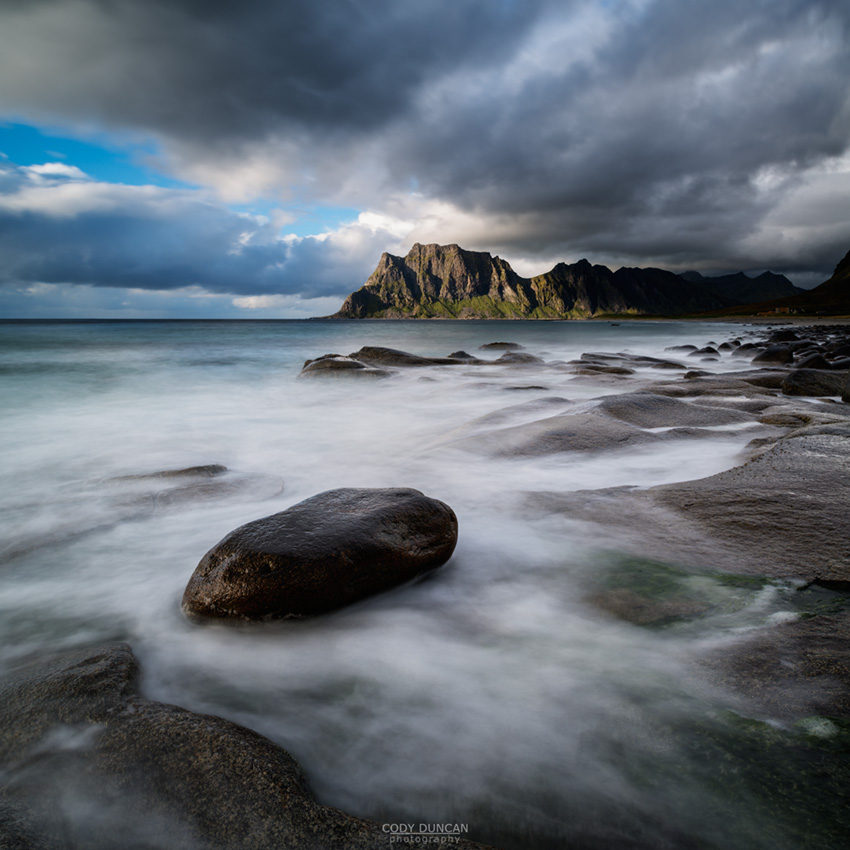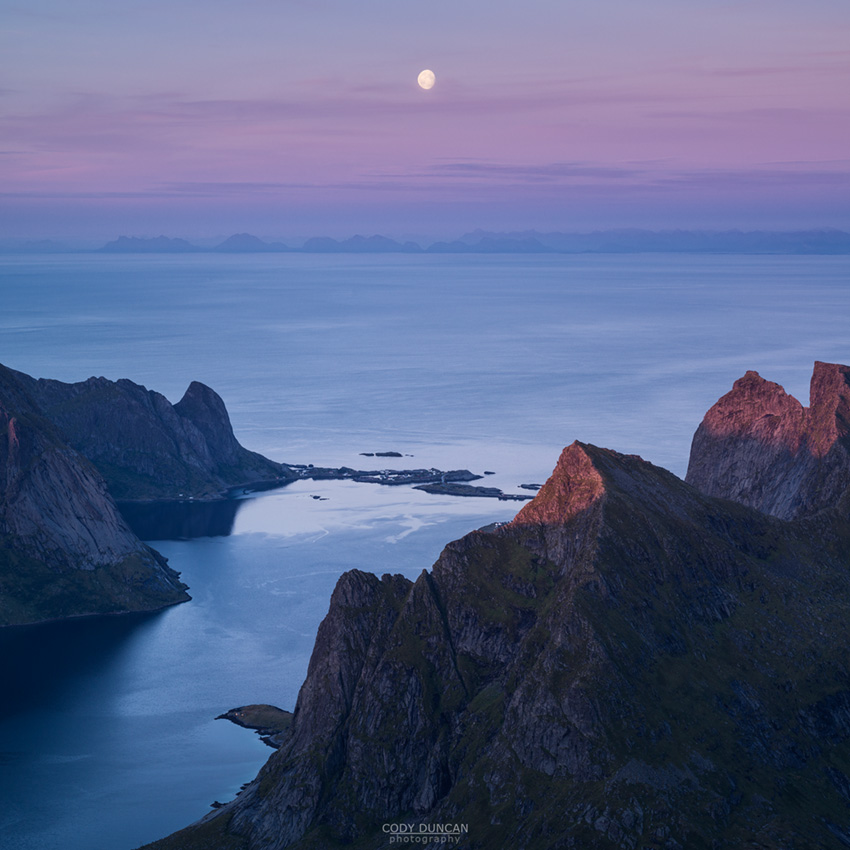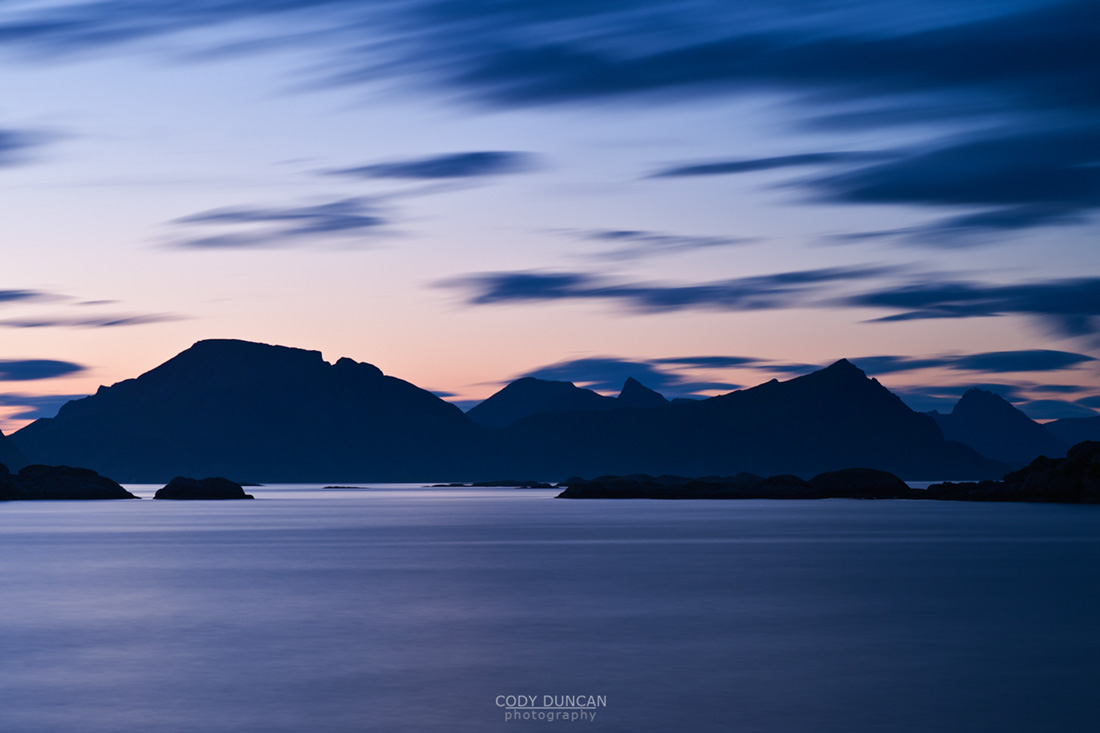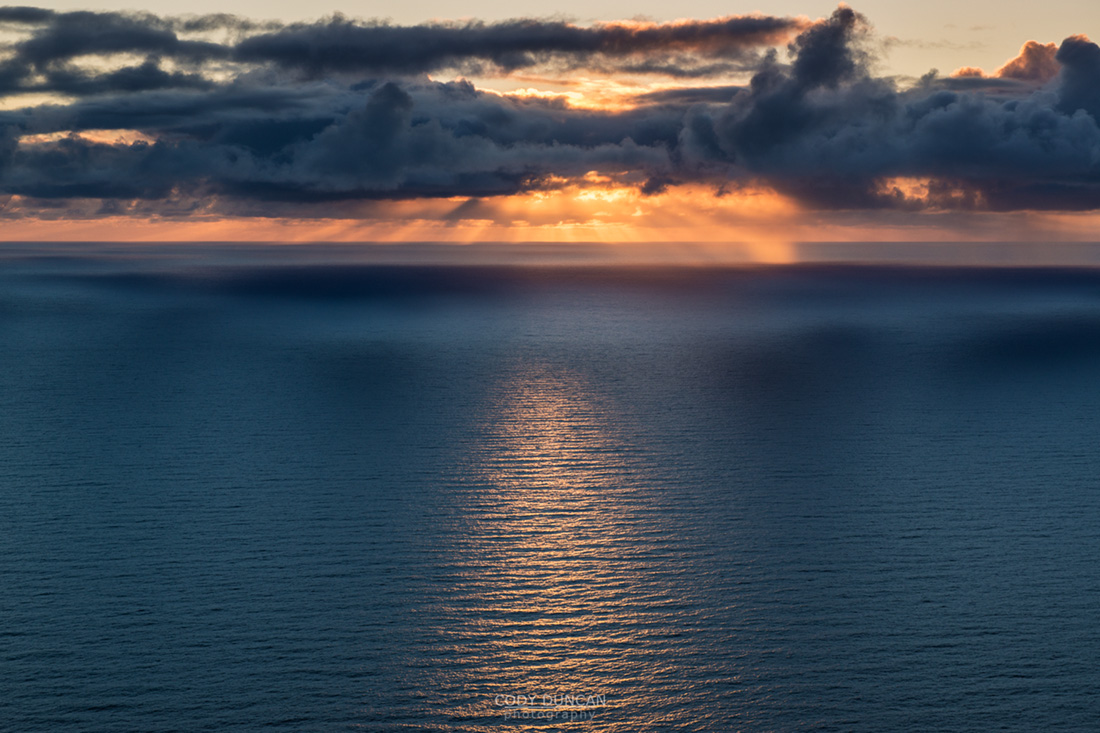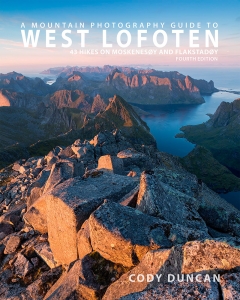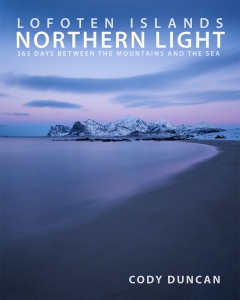Photo: Northern lights rise into the sky over Stamsund, Vestvågøy, Lofoten Islands, Norway. Oct 8, 2011. 23:14
Good things (sometimes) come to those who wait. In my case, this was my last night of a 2 week trip on Lofoten. A trip which thus far the northern lights had failed to appear. For the most part it had been a fairly stormy and turbulent autumn on the islands, with only rare moments of clear skies. But on this final night in Stamsund, the weather calmed and the sky cleared. I could sense something would happen.
It was a small group of us left at the hostel and as usual were spent our evenings sitting around the table, warmed by the fire and hopefully some good food in our stomach (on this evening, young Nicola, the wandering French chef, had prepared quite a feast for the group as an end of season party).
Well after dark we heard a knock at the window, followed by ‘come outside quickly!’ Everyone rushed to put on their jackets, grab their gloves and head out into the night. Me, I had to run to grab my camera and tripod.
Entering the darkness of the night, the sky was filled with green. I immediately climbed the hill behind the hostel, and then headed out to the coast, joined by Nicola. Roar took the others out on the boat to watch from the calm waters of the Vestfjord as the aurora danced and filled the sky in every direction. Another one of those moments where I wish I could have had 10 cameras!
This was my best night of northern lights to date. My next best night occurred again on October 8th, the following year, where I was unfortunate enough the be aboard the Hurtigruten while sailing across the Vestfjord and northern lights filled the sky from horizon to horizon.
Camera Info:
Nikon D700
Nikon 24-70mm f/2.8
24mm
ISO 1250
f 3,2
15 seconds
WB Daylight

